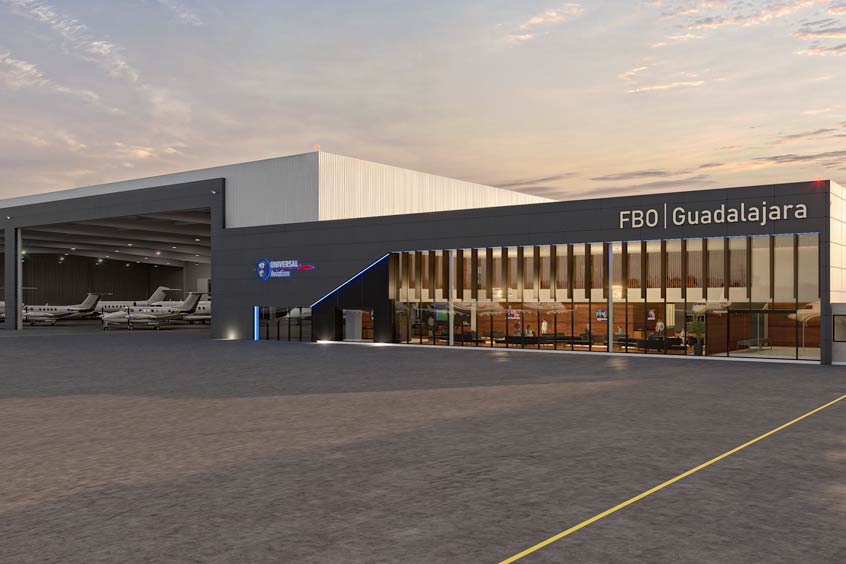ACE 2026 - The home of global charter.
 The bimonthly news publication for aviation professionals.
The bimonthly news publication for aviation professionals.
For our Perspectives series, we talk to experienced business aviation industry professionals, who share with us their unique insights and offer a window into their world. This month's interviewee is Charlie Mularski, COO at Universal Weather and Aviation. Universal is a global business, but addressing the needs of regional customers has been key, as Mularski explains.
“Universal’s bread and butter is mission management with a high touch perspective. That’s our core, and from that core we organise missions before they happen, planning ahead with the customer, pilot or dispatcher, and looking at potential risks.
Our service doesn’t end when the aircraft takes off. We have an extensive ground handling, ground transportation and catering network, which allows us to maintain more control over our clients’ missions, eliminating communication and downstream errors.
One of the biggest risks comes when using multiple providers which involves multiple handoffs. The breadth of our services reduces that risk. And because we have locations sharing information around the world, we can analyse behaviours from all the major markets and make adjustments on the fly.
We have had to undergo a complete shift in how we conduct ourselves, because the complexity of everything has gone up. Every leg we take care of requires so much more planning, as the matrix of variables has increased, with different rules from country to country and testing rules, and so on. It’s been a struggle to keep up, as the entire industry supply chain is backlogged. We have managed it, and now we need to make everyone out there realise that planning missions 18 months ago versus planning them now, is totally different. A lot more lead time is required to get it right. It is important to understand the new dynamics, and cover off all the bases.
So we’re adapting and innovating. For example, we can see testing is not going away so, we partnered with a lab in Wyoming and started to develop a service to certify aircraft to become mobile labs. Flight attendants can become authorised testers, and passengers can take PCR tests onboard and receive the result within 30 minutes. We are trying to enable the industry to think ahead.
Looking ahead at the business aviation market, before the pandemic, Part 91 was very strong and charter was kind of hovering. A lot of our business is corporate, which really dropped off as the pandemic progressed. We have recently seen a tremendous increase in the charter business, including traditional charter and newcomers. The volume is a lot higher now, and I think that is here to stay.
The pre-owned aircraft inventory is almost completely depleted, so aircraft are not changing hands as often. The fractional companies have experienced huge increases, and some of them are now stopping selling shares because they don’t have enough capacity, both in terms of aircraft and pilots.
In the US, we’ve seen a huge increase in domestic travel. Even city to city or state to state travel has become more complex, requiring a lot more planning than before. The Caribbean and Mexico, Costa Rica and so on, countries within quite easy reach of the US, started to relax their restrictions, and we saw a tremendous exodus of aircraft going to these places. We started to see record numbers, even better than 2019, at those locations.
Europe was very slow for a long time, and then a flood of requests started to come in for the summer. Before long US customers were interested in flying to the Mediterranean area. Areas such as Greece started to perform better than 2019, with tourism trips greatly outweighing business.
Our crystal ball tells us that we are likely to see a slowdown in tourism over the next couple of months, and this should pick up again around November time, and then we’ll see big numbers for Christmas and the holidays, particularly in those leisure destinations in the Caribbean and Mexico.
The business component is still lagging, but when that finally goes up, we will see sustainable growth.”
